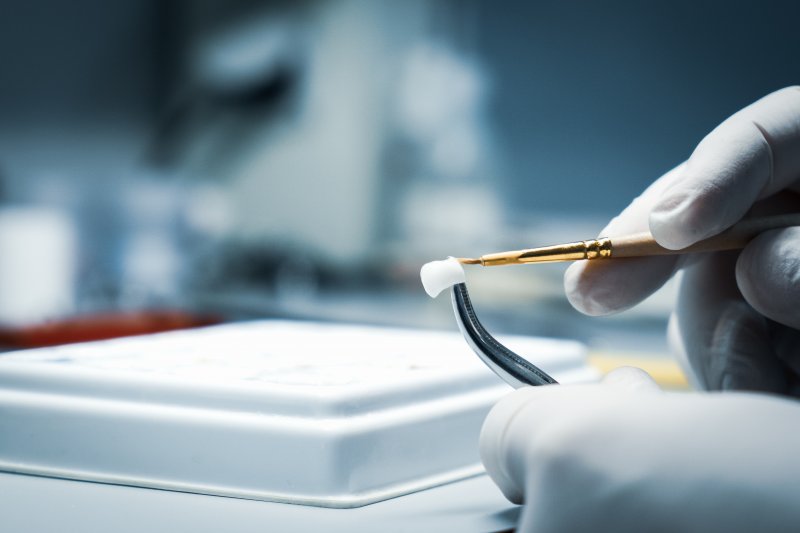
There’s a good chance you’ve heard of some restorative dental services. In fact, you likely know a little about crowns and fillings – two procedures that can each repair damaged teeth. Still, do you grasp how these treatments differ? The distinction is crucial, as it settles which option you should get. Luckily, your Thornville dentist can help if you don’t know the answer. To that end, here’s a summary of the difference between dental crowns and fillings.
What are Dental Crowns?
Put simply, dental crowns are “caps” for damaged teeth. They restore the size, shape, and function of affected pearly whites.
A crown’s distinguishing feature is that it covers a tooth’s exterior. The cap is cemented over the affected area, from the gumline to the chewing surface. (Placing it thus requires a dentist to shave away some of the tooth’s enamel.) Once cemented, it hides the decayed region from view and protects it from outside debris. The result is a chomper that’s both healthier and better-looking.
What are Dental Fillings?
Fillings are (in essence) composite materials that “fill” a tooth’s empty spaces. Made of metals, plastics, and glass, they treat areas affected by tooth decay.
Per the definition, a filling’s main trait is that it’s placed in a tooth’s interior. A dentist will apply one after removing infected pulp (if present) and other dental matter. In doing so, they help the tooth look nicer and keep its damage from spreading further. That means the chomper is safe and won’t cause more serious oral issues.
How Do You Choose Between Them?
In general, whether to get a crown or filling depends on your tooth’s issue. Different kinds of damage require different responses.
A crown is best suited for a cracked or broken tooth. Dental fractures don’t heal on their own, so the prosthetic would hold the chomper together and hide its flaw. Furthermore, the crown could cover any stubborn tooth stains that are also present. The result would then match perfectly with the rest of your smile.
On the other hand, fillings are best for teeth with holes in them. That’s only natural – these substances replace tooth structures marred by decay. Plus, they work better on small interiors rather than extensive enamel surfaces.
Clearly, it’s vital to learn the difference between dental crowns and fillings. So, make sure to remember the details above – they’ll help you confirm which treatment you need!
About the Practice
Thornville Dental is based in Thornville, OH. Led by Dr. Chase Smith, our practice seeks to give each patient a truly excellent smile. To that end, we offer preventive, cosmetic, and restorative procedures, as well as emergency dental services. Our team is thus well-equipped to perform both dental crown and filling treatments. For more information or to book a visit, you can reach us on our website or by phone at (817)-473-6857.

